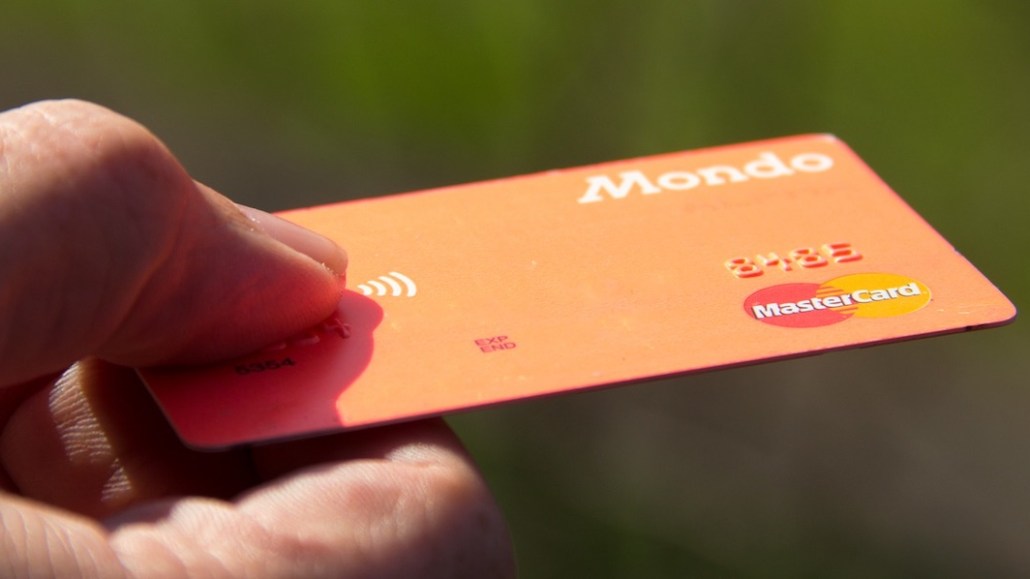
In recent years,”riding the contactless wave” has been a defining slogan for payment modernization, especially in markets like the U.K., Australia and Canada. The convenience of being able to tap a debit or credit card instead of inserting it is thought to make payments faster and easier. In the U.K. alone, over 107 million contactless cards were in use as of March of this year. Australians are so enthusiastic about Visa payWave and Mastercard PayPass that many don’t care about mobile payments, and Canadians’ use of contactless cards doubled between 2014 and 2015.
The U.S. by contrast, has been slow on the uptake of contactless. Contact cards — whether chip or old-fashioned magnetic swipe — still rule the roost. Bankers and analysts say this is due to the sheer volume of card issuers in the U.S. compared to other countries, and lessons learned from pilot projects that just didn’t work.
Read the full story on tearsheet.co
Photo credit: Pixabay / YanForensec
More in Marketing

Pitch deck: How Amazon is recasting Twitch as a core part of its CTV pitch
Amazon is positioning Twitch as a defining asset in its CTV ambitions.

Netflix transforms former mall department stores into experiential venues
The location in Dallas opens this week, and one at the King of Prussia mall near Philadelphia opened last month.

Future of Marketing Briefing: AI has created a new talent paradox in programmatic agencies
The job isn’t execution anymore. AI handles that. The job is judgement.





